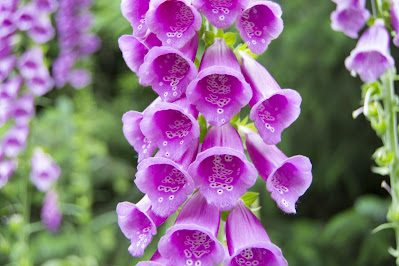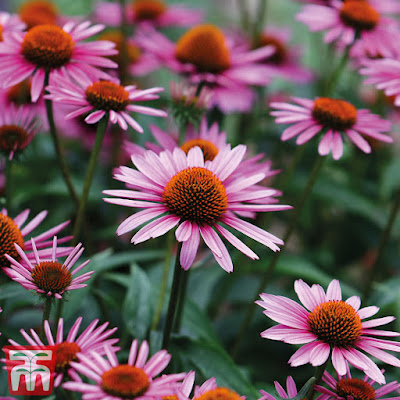The Humble Bumblebee...
 |
| Shrill Carder Bumblebee |
Bees.. they are all the same aren't they? Honey, Bumble or Solitary? A few bee hives and bee hotels and the problem will be solved. This is what I believed for many years.. until a new project led me to the work of the Bumblebee Conservation Trust.
Over 270 species of bumblebee exist in the UK, many of which are extremely fragile and face the very real possibility of extinction. We are fed through the media that it's the honeybee which is in rapid decline, hence the recent surge in bee keeping and hive's popping up across the country, however bumble bees face far more of a serious threat. Over 25,000 bumblebee colonies are imported from Europe by UK farmers each year to support the pollination of our crops and support food production, due to the decline in populations of British bumblebees. This is a terrifying figure, and without importing bumble bee colonies from Europe, British crops would lack the crucial pollination that is required to produce our fruit and veg.
Countryside borders, public realm, parks, gardens and balconies could all provide vital habitats for our British bumblebees, providing a rich source of pollen, but also potential habitat and nesting sites, to support these amazing species that we all rely on to provide us with a source of food. Below I have included a few key species that are perfect for attracting and supporting bumblebees in your area.. either as a standalone plant in a pot or using a mix together in a border for a more striking impact.
 |
| Lavendula angustifolia (Lavender) |
 |
| Ceanothus (Californian Lilac) |
 |
| Digitalis purpurea |
 |
| Echinops ritro 'Veitch's Blue' (small globe thistle) |
 |
| Echinacea purpurea (purple coneflower) |
A big thank you to Tessa Brooks from the Bumblebee Conservation Trust for all of the amazing work she is doing to raise awareness and increase education of the bumble bee species.
I hope this has inspired you to include some bumblebee friendly pollinators in your garden - like always I love to see your space so tag me @emmaatkinsongardendesign_ on insta!
Emma :-)
Comments
Post a Comment